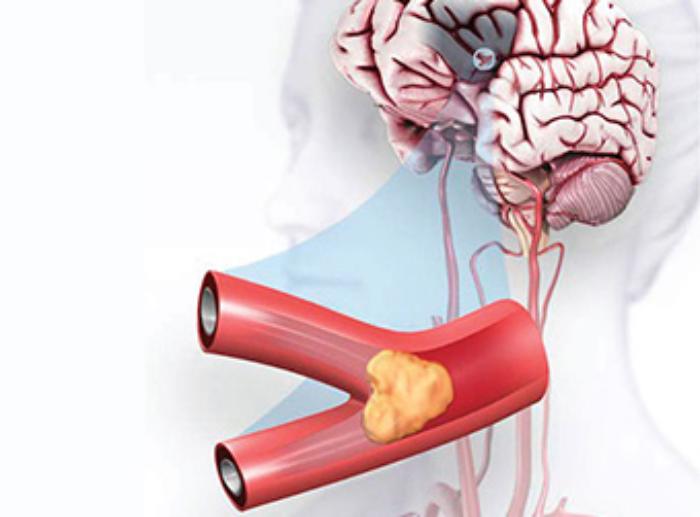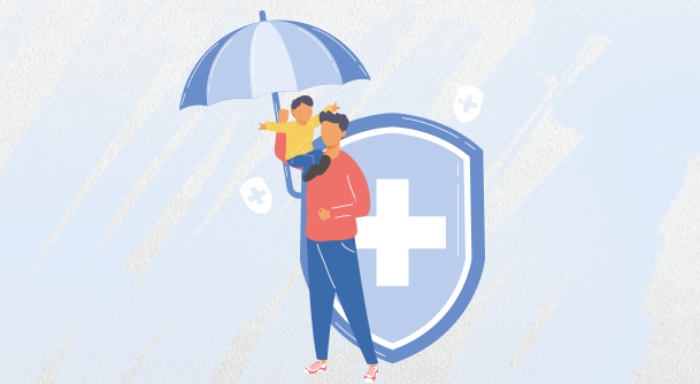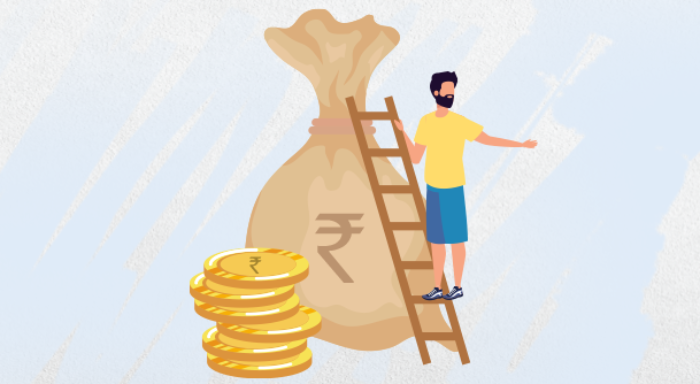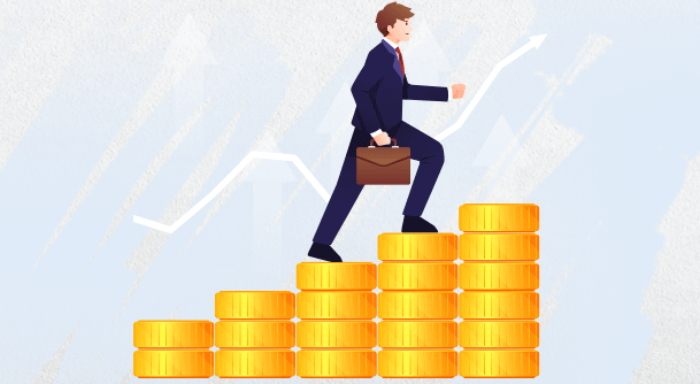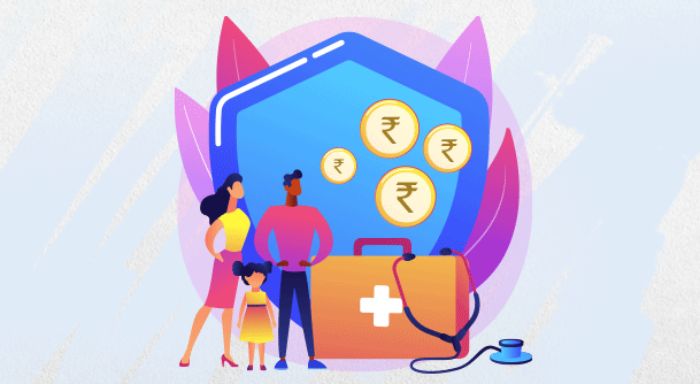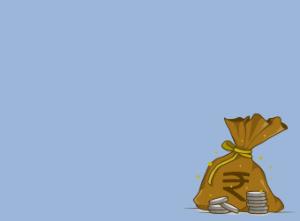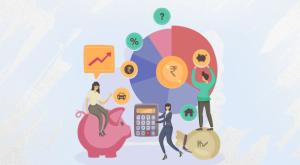Stroke – Causes,Treatment,Prevention and Planning
Blog Title
214 |
Ramesh and Divya were so proud! Their daughter Kavita was the first doctor in their family. Flushed with joy after the graduation ceremony two days earlier, they were all still celebrating at home, with extended family.
“Dear family, to mark this landmark event in our family, Kavita has an important presentation to make to all of us. She has particularly requested that all the over- 30s be present at this evening’s High Tea event on our back lawns.” Ramesh’s happy announcement at Sunday brunch was met with a round of applause from all the guests.
Kavita blushed and laughed, “But everyone had better note, the food will all be healthy and there’s no chance of heavy, fat-dripping junk food or fried stuff, ok?! As the Family Doc from now on, I have clamped down on Mom’s kitchen with an iron hand!”
At High Tea that evening, Kavita started off with a short preface: “Folks, my topic this evening is a recreation of a presentation I had made in my 5th year on Strokes – Causes, treatment, prevention and planning. Here goes!”
Increasing incidences of Stroke
By end 2015, India is likely to record 1.6 million cases of stroke annually. At least one-third of the victims will be disabled.
Stroke is a major cause for loss of life, limbs and speech in India. The number of deaths and persons disabled due to stroke is rising in India. The Indian Council of Medical Research estimates that in 2004, there were 9.3 lakh cases of stroke and 6.4 lakh deaths due to stroke in India. Most of the people affected were less than 45 years old.
WHO estimates say that by 2050, 80% of stroke cases in the world would occur in low and middle income countries mainly India and China.
This is why India has now come out with national guidelines that cover the management of stroke from onset to chronic care and focus on patients with first stroke or recurrent strokes. Increasing life expectancy at birth, rising urbanization, changing lifestyles and rising stress levels are bound to increase stroke cases.
Those with high blood pressure, diabetes and high cholesterol are specially at risk. In India, more than 16% of people above 20 years of age suffer from high BP. Of these, only 12.5% of patients are adequately controlled.
“But Kavita, what is a Stroke?,” piped up Baby Mausi.
What is a Stroke?
A stroke is a disruption of blood flow to a part of the brain, causing it to stop working properly and damaging brain cells – a medical emergency that requires immediate treatment. Symptoms vary depending on the part of the brain that is affected.
Recurrence of stroke is frequent: about 25 per cent of people who recover from their first stroke will have another stroke within five years.
Types of strokes
Ischaemic Strokes occur when a blood clot completely blocks an artery in or to the brain. They are the most common type of stroke, occurring in 85 90% of cases.
Haemorrhagic Strokes occur when an artery within the brain bursts and leaks blood into the brain. This extra blood builds pressure within the brain causing tissue damage and thus loss of function. Haemorrhagic strokes are less common than ischaemic strokes but their effects are generally more severe.
Mini Strokes or transient ischaemic attacks (TIA), occur when there is a temporary disruption in the blood flow to the brain – due to a narrowing in an artery, or as a result of a blood clot that soon dislodges, allowing blood to flow again.
30% of stroke patients have previously had a TIA.
Stroke risk
People of all ages and genders can suffer a stroke. The more the number of Risk factors or high blood pressure (hypertension), greater are the chances of a stroke.
75% of strokes occur in people over 65 years of age. Men are more likely to suffer a stroke than women. Pregnant women also have a slightly increased risk of haemorrhagic stroke.
There are controllable and uncontrollable factors that increase the risk of stroke. Uncontrollable risk factors (ie. risks you cannot reduce through treatment or lifestyle changes) include: Age, Male gender, Family history, Ethnicity and Previous TIA.
Early detection and effective management of controllable stroke risk factors can greatly reduce the possibility of stroke. Controllable risk factors for TIA and stroke include: High blood pressure, Heart disease, Heart rhythm disorders, Smoking, Diabetes, High blood cholesterol levels, Oral contraceptives, Excessive alcohol intake and Obesity.
Signs and symptoms
Signs and symptoms of a stroke usually occur suddenly. The type of symptoms experienced will depend on what area of the brain is affected. The areas of the brain that control function on one side of the body are often located in the opposite side of the brain. Therefore, lack of blood to one side of the brain can often result in signs and symptoms on the opposite side of the body.
A stroke can cause permanent loss of function. The type and degree of this loss of function is determined by which area of the brain has been affected and the speed and success of treatment given. Permanent effects of a stroke can include Impaired vision, Difficulty in speech, Severe weakness or paralysis of the affected side (hemiplegia), Numbness, strange sensations or pain, Swallowing difficulties, Depression and Emotional problems.
Stroke may also cause problems with thinking, awareness, attention, learning, judgment and memory.
Diagnosis
To diagnose a stroke a doctor will make an assessment through
examination of current signs and symptoms, medical history, ECG, Echocardiogram, EEG, Ultrasound scanning of the neck arteries, CT scan, MRI, Blood tests, Chest x-rays.
Treatment
Stroke is a medical emergency requiring immediate treatment. This aims to limit the size of the stroke and prevent further stroke. This will involve medications and perhaps surgery in some cases. Medication therapies aim to prevent or dissolve blood clots, while Surgery is done to repair blocked or ruptured arteries.
Long Term treatment: Since brain cells do not generally regrow, after a stroke, the surviving brain cells may take over the function of areas that are dead or damaged, to a certain degree. As each person who suffers a stroke is affected differently, individual rehabilitation plans are developed in conjunction with the patient, family and healthcare team.
Rehabilitation may involve Physiotherapy, Speech therapy and Occupational therapy
Long term treatment with medications to treat the underlying cause of the stroke and to minimize the risk of further stroke may be required. Surgery to damaged heart valve and heart rhythm problems may be needed.
Prevention is any day better!
Reducing the number of controllable risk factors is the best way to prevent a stroke. This can include stopping smoking, losing weight, eating a balanced diet low in sodium and saturated and trans fat, moderating alcohol intake, exercising regularly, controlling diabetes, high blood pressure and high cholesterol.
Planning
Since strokes are sudden occurrences, one can only anticipate the attack and be ready for it, by not only taking preventive care as outlined above, but by getting Critical Care Insurance done. Anyone above the age of 55 is a prime candidate to take this kind of policy. Most insurance companies have variable tenures of policies that cater to such stroke and critical care eventualities, and they generally cover the patient up to the age of 70 years.
Kavita smiled. “Yes, I know I’m sounding morbid, but this is the reality Papa! Amd Auntie, yes, I know what your next question is – the premia are generally payable annually, and since it is an eventuality risk, the lump sum sum assured is paid out as soon as documentation is submitted and verified after diagnosis of the critical illness. It makes sense to insure oneself for a sum sufficient to compensate for initial treatment, any surgery, medication, follow up treatment and domiciliary treatment and therapies.”
The applause that followed was muted but grateful, and Kavita entered on her career full of confidence that she was doing the right thing by society.
Chirag Iyer - BFSI Enthusiast
Chirag is a writer and an avid reader who loves to drink coffee! His other interests include boxing, karate, and singing.


